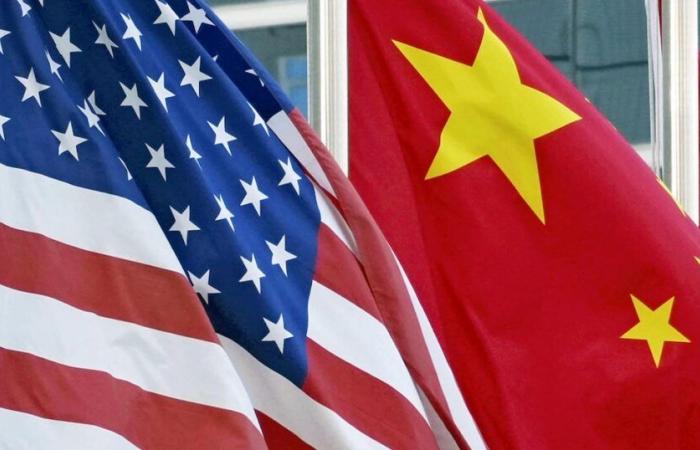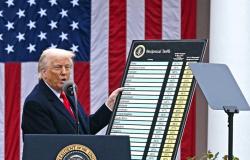Since his return to the White House in January 2025, Donald Trump has revived his offensive commercial policy against China. In a few months, its administration imposed punitive customs duties on hundreds of billions of dollars in Chinese products, reaching up to 145 % on certain goods, justified by the need to “protect American jobs” and “rebalance the exchanges.” But for China, the American market remains vital. In 2024, the United States represented nearly 14.7 % of its total exports, or nearly 439 billion dollars, according to data from the American representative’s office (USTR). No question therefore of being ousted without reacting.
To get around these price barriers, Chinese exporters redouble ingenuity. One of the privileged strategies consists in reappearing their products via third countries, especially in Southeast Asia in order to hide their true origin. The scheme is known, but difficult to detect. This subterfuge allows you to bypass sanctions while preserving access to the American market. Advertisements on social media platforms like Xiaohongshu thus offer turnkey solutions: sending products to Malaysia, making them obtain a false certificate of origin, then ship them to the United States, reports The Financial Times.
Read also: The chip war seen by Chris Miller: “Everything that makes China suffer by making the United States suffer”
The methods vary, but the objective always remains the same: to blur the tracks. Cargalers of furniture, electronic components or textiles start from China to Vietnam, Thailand or Malaysia. There, the goods are either briefly stored and reconditioned, or slightly transformed – sometimes simply changed of packaging – then exported to the United States under the label of the Pays de Transit. However, according to US commercial legislation, merchandise can only be considered from a country if it undergoes a “substantial transformation”, that is to say a significant modification with high added value.
Vietnam, at the heart of the commercial game
This stratagem, already spotted during the First Trade War under Trump in 2018, has intensified since the new tariff measures of 2025. But the influx of goods from China arouses the concern of neighboring countries, anxious not to become commercial relays intended in the United States. Starting with Vietnam, a large apparent beneficiary of the Sino-American trade war, for whom the issue is twofold: taking advantage of the reconfiguration of world exchanges without becoming a hub of customs fraud. Many companies, Chinese but also Western, have relocated part of their production there. But not all establishments are authentic: some manufacturers are content to transport their finished or semi-finished products to Vietnam before shipping them to the United States.
Read also: “He has the trouble …”: Donald Trump’s poker stroke on Asia seen by Robert A. Manning
However, this process puts Hanoi in a delicate position. If the country is perceived as an accomplice, it is exposed to American sanctions. Aware of the risks, the Vietnamese authorities have strengthened the original controls and launched several surveys on local companies suspected of concealment. Same reaction from the Malaysian neighbor where the Ministry of Investment, Trade and Industry said “being firmly committed to preserving the integrity of international commercial practices”. But for the third country, the temptation is great to close your eyes, as the economic benefits are immediate.
On the American side, customs strengthened their arsenal. Targeted inspections have multiplied in ports and entry points. In some cases, retroactive customs duties have been applied to cargoes suspected of having fraudulently transit by a third country. As long as demand persists, however, the flows follow longer, more complex, but always inventive paths.








